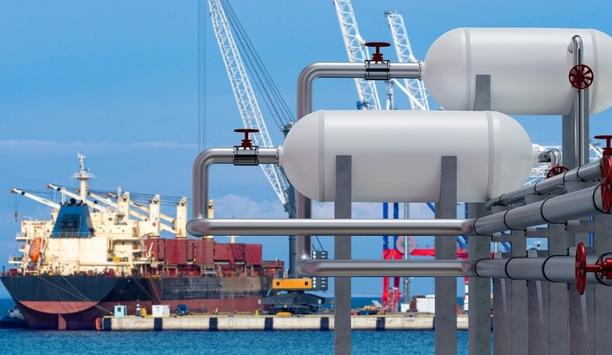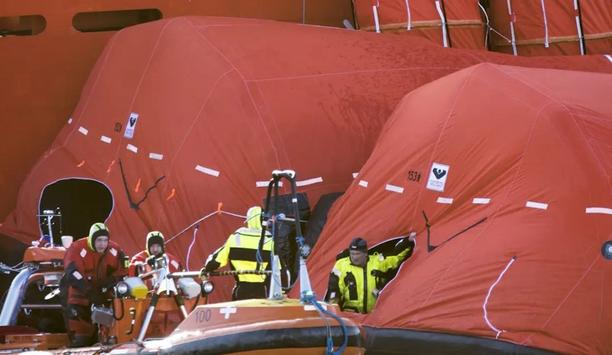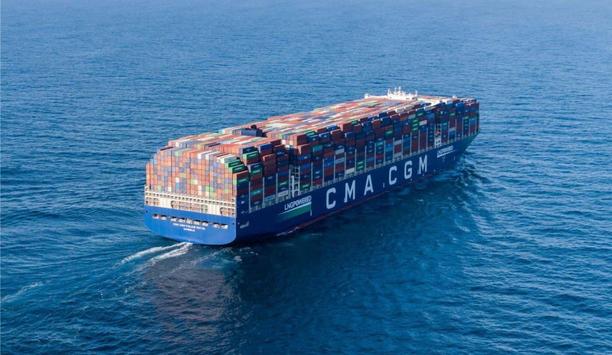Mitsubishi Shipbuilding Co., Ltd., a Mitsubishi Heavy Industries (MHI) Group company based in Yokohama, Japan, has recently completed a conceptual study for an ammonia bunkering vessel capable of supplying ammonia fuel to ships.
This study involved joint investigations with INPEX CORPORATION, which boasts abundant achievements and experience in the energy supply chain, in order to respond to increasing demands for ammonia-fuelled ships.
Ammonia – future use as a stable source of clean energy
Since ammonia does not emit CO2 when burned, it is to be utilised as a stable source of clean energy
Since ammonia does not emit carbon dioxide (CO2) when burned, it is expected to be utilised as a stable source of clean energy in the future, and is getting attention as a fuel that will greatly contribute to the reduction of greenhouse gas emissions in the maritime industry.
Mitsubishi Shipbuilding has made use of its ample knowledge of the design and production of multi-purpose liquefied gas carriers, which are capable of transporting ammonia, in furthering conceptual considerations for a highly flexible ammonia bunkering vessel having enough tank capacity, ship maneuverability, and bunkering equipment that ensures compatibility with various ammonia-fuelled vessels expected to be served.
Mitsubishi Shipbuilding to carry out technical investigations
Based on the knowledge and technical tasks acquired in this study, Mitsubishi Shipbuilding will carry out further technical investigations, and with the cooperation of the maritime-related companies involved and the like, will set its sights on the commercialisation of this vessel.
Moreover, in order to contribute to customer needs in terms of the whole value chain, Mitsubishi Shipbuilding will continue to put efforts into developing various types of ships.
MHI Group’s Energy Transition strategy
Mitsubishi Shipbuilding is an integral part of MHI Group’s Energy Transition strategy. As a maritime system integrator, Mitsubishi Shipbuilding will continue to focus on developing and commercialising not only ammonia bunkering vessels, but alternative fuel vessels and relevant equipment, in order to realise a carbon neutral society.










